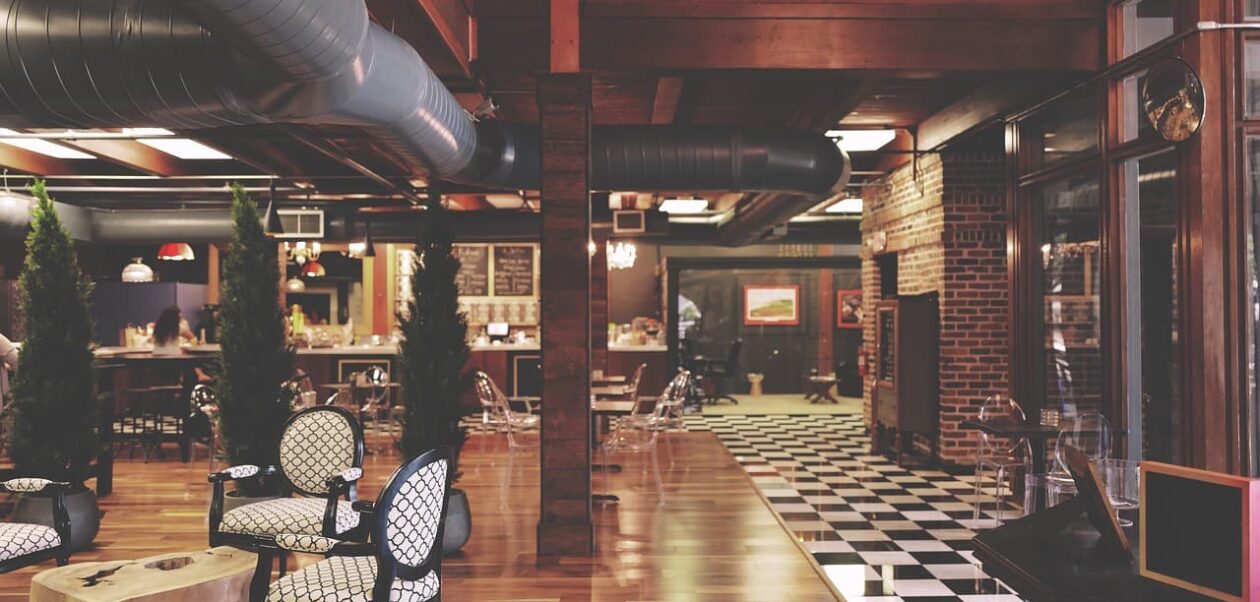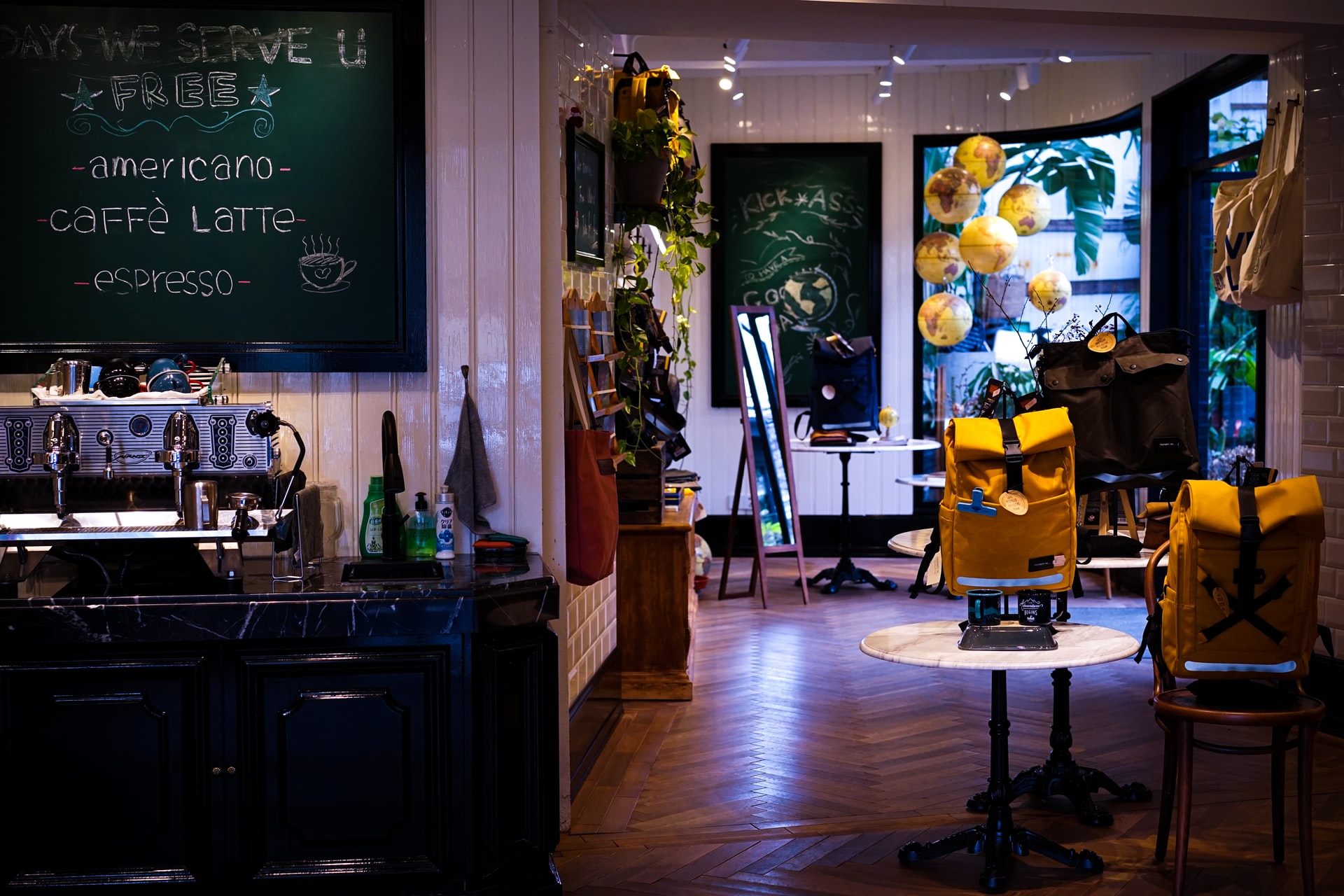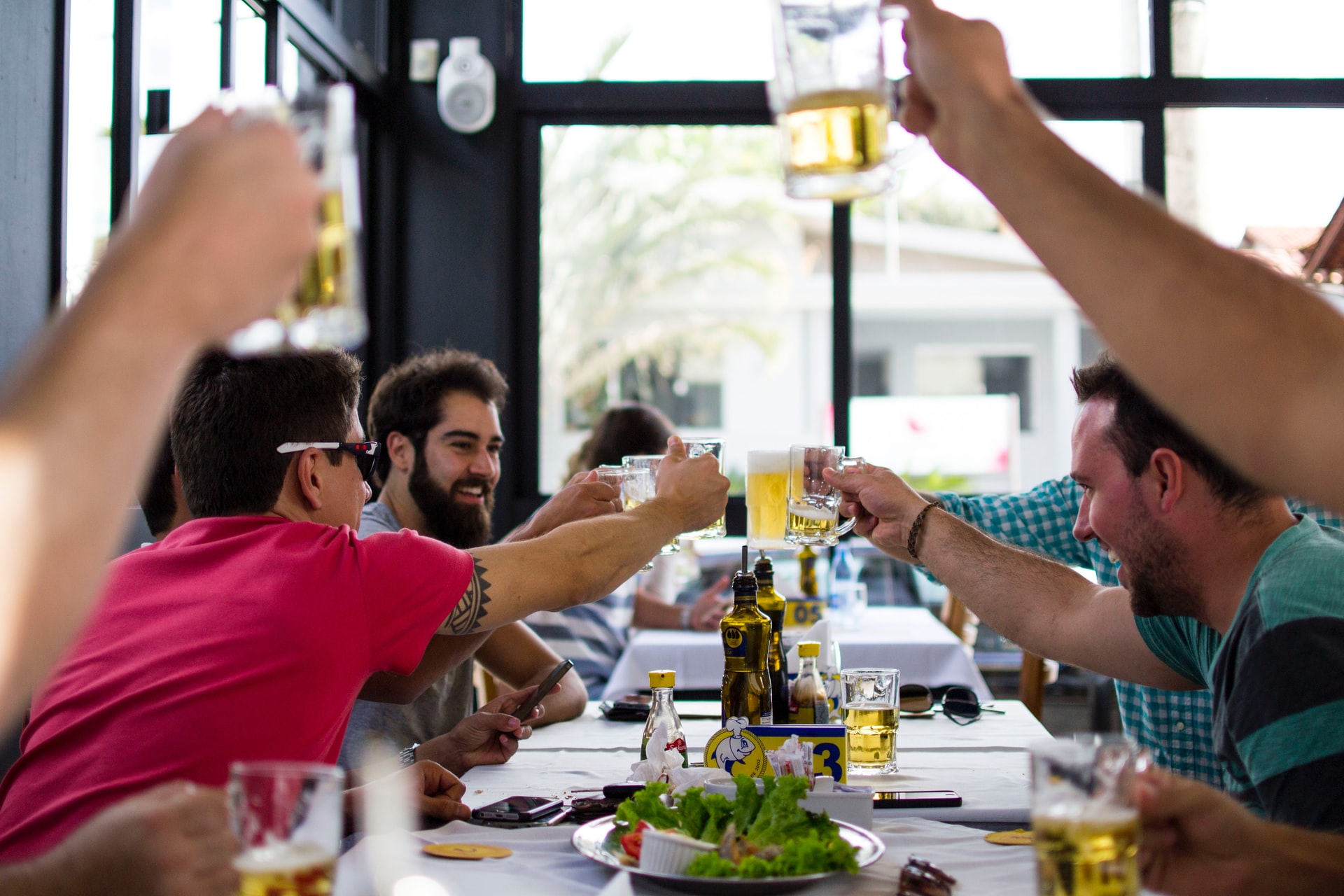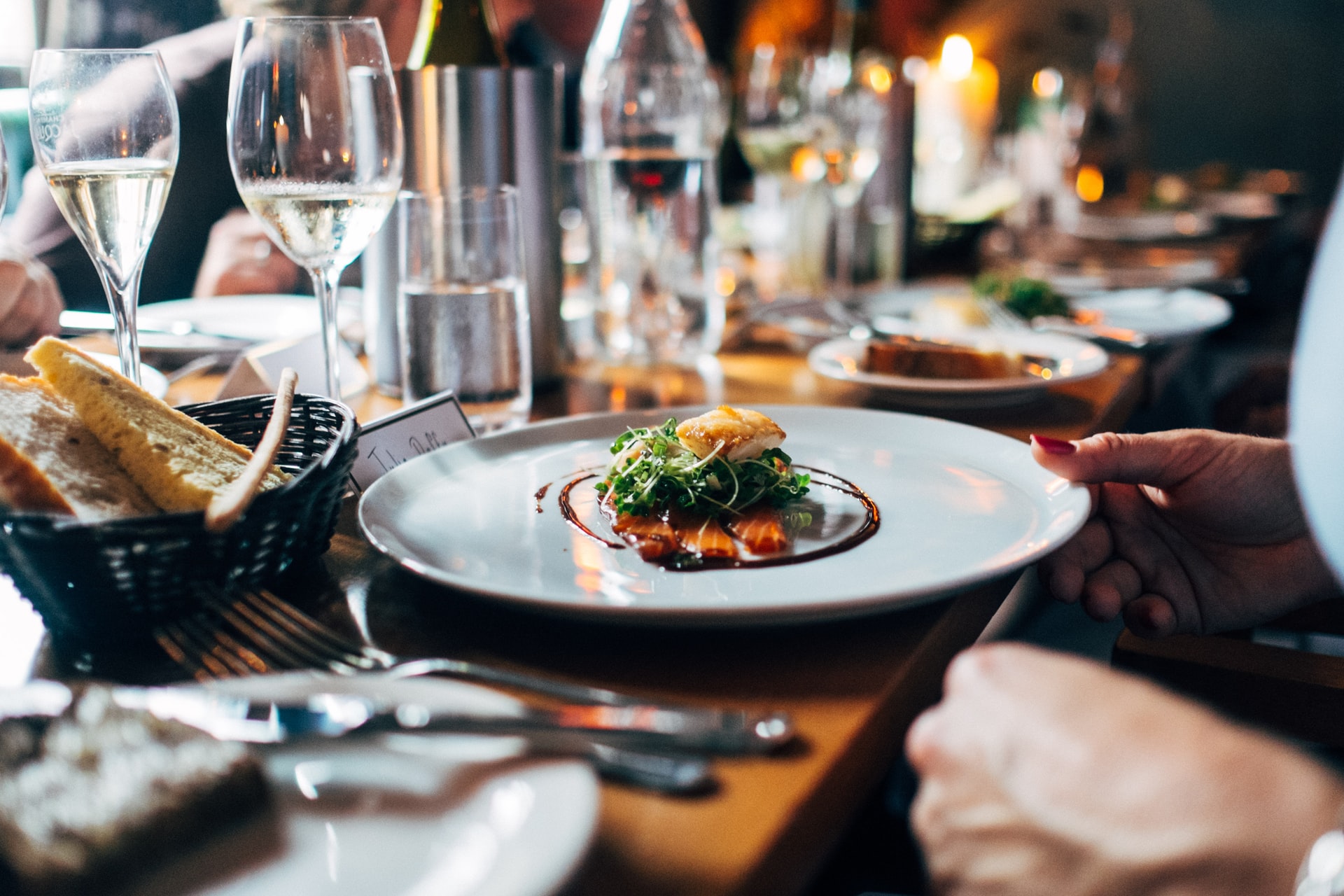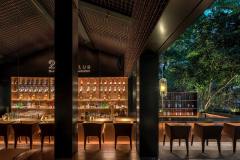Corporate identity matters
Corporate identity means that for a successful restaurant, everything has to go together. This means that the name, appearance, and menu should be consistent with the concept.
However, corporate identity includes even more: the website, leaflets, social media activities and advertising should also match the concept in terms of color and content so that potential customers can clearly recognize your restaurant in all marketing activities. A perfect company image is also a decisive factor for successful referral marketing.
Gastronomic concepts
In addition to regional concepts such as Italian, Greek, or sushi, there are other culinary or thematic styles on which you can base your restaurant. Here are some of them:
Fast food restaurant: this concept used to be called a fast food restaurant because the focus is on fast service and quick food consumption. It can be a branch of a restaurant chain (franchise), etc.
Family restaurant/kid’s restaurant: everything here revolves around younger guests. “Children’s” dishes on the menu are just as important as enough space for strollers, sturdy furniture, and plenty of room for games.
Small restaurant: even a small space can accommodate many concepts. Whether it’s a coffee shop with mostly takeaway sales, an elegant cafe with an exclusive menu… there are no limits to your imagination.
Steakhouse : here, as in barbecue restaurants, the food is rich in meat and rustic.
Beer garden : like a restaurant, a beer garden is a seasonal business.
Experiential restaurant: do you serve by rail, do your guests dine in a stylish Wild West atmosphere, or does your ship’s restaurant have a nautical atmosphere, from fresh fish to a house choir? In addition to food and socializing, an experience restaurant still offers something extra.
Catering: what kind of food do you want to deliver? Do you prefer cakes and cupcakes for children’s birthday parties or a gourmet buffet for upscale corporate events? A clear concept ensures a good working setup.
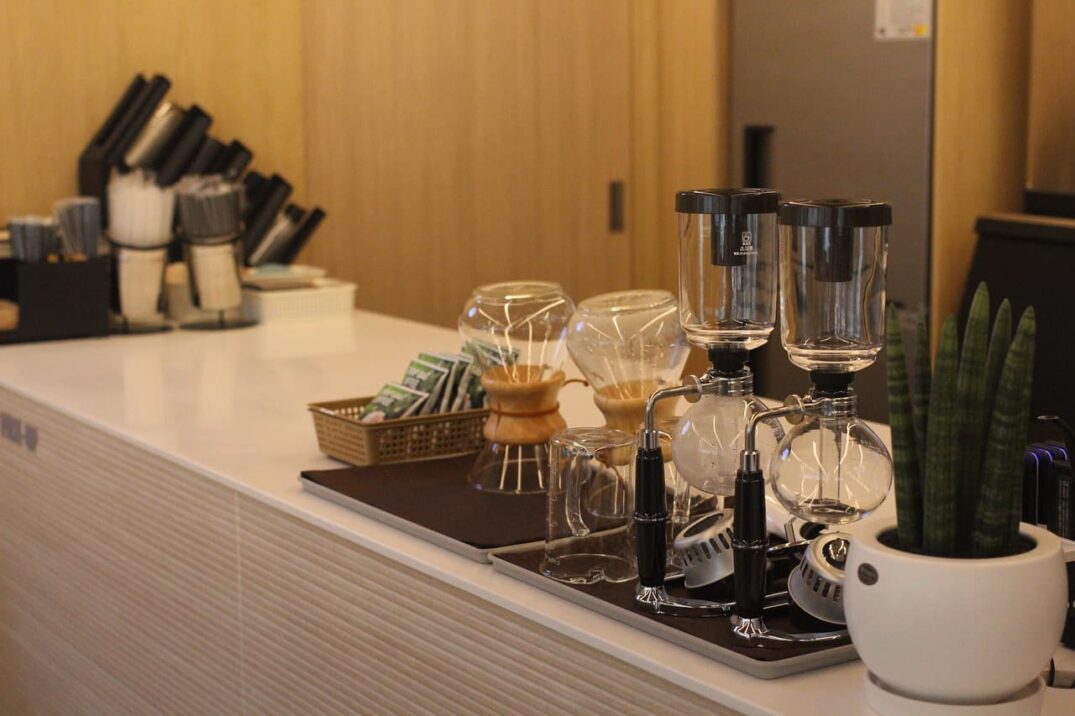
Name and logo
Name, logo, menu and advertising design, furniture, culinary style – if the recognition is right, potential customers will water their mouths when they hear your restaurant name or see your logo on an advertisement.
It’s worth it to develop a coherent overall concept together with a designer and be sure to spend some time.
Name of the restaurant
The name is the smallest figure in your restaurant: in a few words, it should be clear what you have on your plate. It should also be meaningful, as unique and memorable as possible. Look for ideas, get inspired by your competitors, and improve.
Then make different combinations of offers and test them: which offer appeals to your target group the most? Here you can also collect references via Facebook by starting a poll among your contacts.
Of course, you can also seek support from professional consultants or agencies who can come up with a name and take care of the entire design for you, from the logo to the overall design.
Logo
With the help of a logo, you authentically express your culinary orientation and philosophy at a glance. You should also pay attention to the interests and preferences of your target group. Important components of a logo are: thematically appropriate icons or symbols, meaningful slogans, a suitable font, and a suitable color.
When developing your design, keep in mind that logos are printed on a variety of media, from signs to newspaper ads. Therefore, it should still be clearly visible, even if it is very small or in black and white.
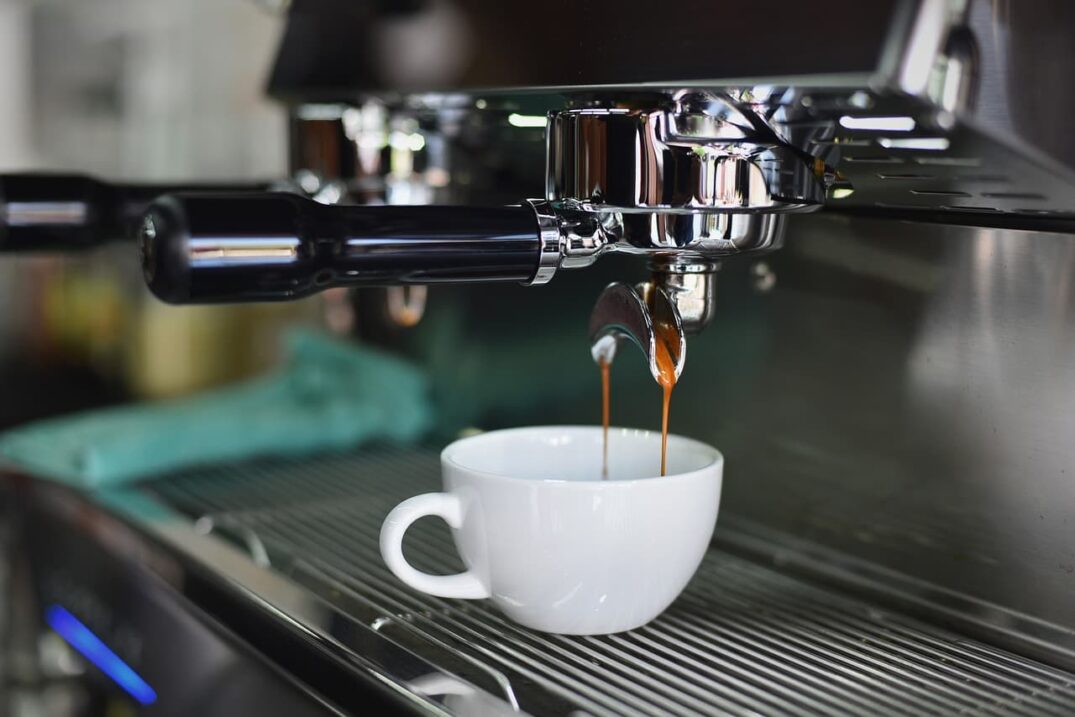
Menu as a business card
The menu field with the displayed menu is the first point of contact for your guests. A clear, deliberately limited selection of food and drinks makes sense here – too many choices overwhelm and reduce the credibility of the kitchen.
A good menu is also clear and easy to understand.
Here’s how to impress with a delicious selection at reasonable prices: logical structure (“appetizer”, “main course”, “soup”, “vegan”), highlighting certain foods and drinks with color/bold or recommendations (“boss recommends”, “daily special”, etc.), beautiful, emotional or unusual product names that arouse the appetite (“crispy duck” instead of “duck”, “tender grilled beef fillet” instead of “beef fillet”), a brief description of the main ingredients of each dish, combinations of appetizers, main courses and desserts, including drinks.
Insert photos or illustrations: For appetizer menus, it is advisable to include images of each dish. But even with a high-quality menu, a good photo on the page can increase sales of the featured dish by up to 30%.

